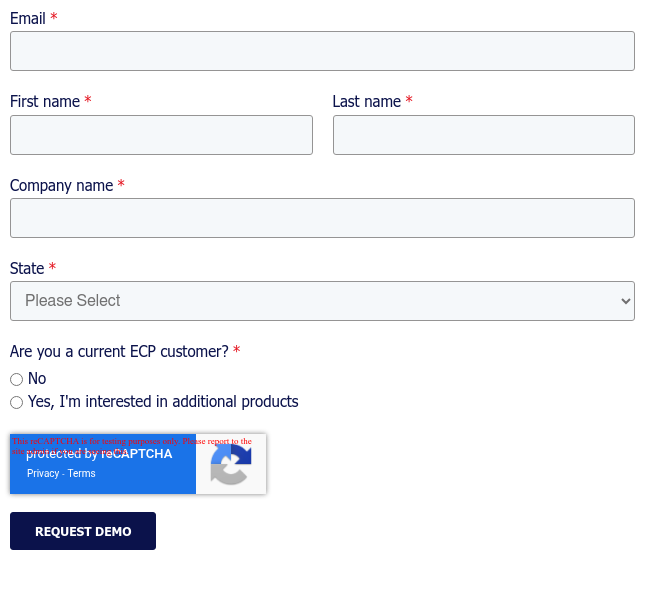Improving practices in Assisted Living with quality assurance programs
Quality care is the backbone of the healthcare industry. Consequently, assisted living communities are encouraged to make internal evaluations to ensure state standards and consistent quality care is provided. These internal checks and balances are part of larger quality assurance and quality improvement programs that assisted living communities put in place.
Quality assurance (QA) programs are simply the process that ensures quality care. Quality improvement (QI) is the framework to systematically improve the care provided. In short, quality assurance programs allow assisted living communities to review their current systems. While quality improvement enables them to implement plans that lead to a better environment for staff, residents, and clients.
What is the purpose of a quality assurance program?
The core purpose of quality assurance programs is to evaluate the effectiveness of internal processes and services. Reviewing internal data provides the opportunity to identify trends and patterns that relate to concerns that need to be addressed by communities.
This evaluation process is a critical component in determining a root cause. Through root cause analysis, quality assurance committees can develop and implement quality improvement plans to correct actions. Once these changes are in place, plan effectiveness must be monitored to ensure they are successful or revised to achieve the desired outcomes.
Why do I need a quality assurance program?
In many states, quality assurance programs have confidentiality and privilege protection. This protection allows healthcare providers the security to privately investigate, discuss, and take action on sentinel events and incidents that have occurred internally. Under this protection, an internal review and implementation can be conducted without disclosing those details to outside entities.
How to build a quality assurance program
-
Members - Quality assurance committee members should have various job titles and responsibilities. They offer valuable input on recommended changes in the quality improvement plan. Committee members should include decision-makers who can approve and implement changes and individuals who represent the various levels of responsibility in providing direct care.
- Meeting Frequency - Quality assurance meetings should be held quarterly to show that systems are evaluated regularly. Anything more frequent may be challenging to accomplish consistently as proper evaluations require a deep dive into root cause analysis.
-
Documentation - Proper documentation is vital for validating quality assurance board meetings have occurred. Attendance should be documented with each member’s name and the date and time the meeting happened for proof of attendance. There should also be a written agenda of topics discussed during the quality assurance program meetings, as it is a public document that third parties can review.
-
Topics - Topics discussed during quality assurance board meetings should be focused on providing the safest work and care environment for staff, residents, and clients. Infection control, needle safety, medication errors, fall prevention, behavior management, and employee safety are examples of topics that could be addressed.
What to review?
Incident reports, investigations, and sentinel events are imperative to review during quality assurance board meetings. Through root cause analysis, organizations calculate whether or not systematic changes must be addressed to improve outcomes for staff, residents, and clients.
During the review process, it’s valuable to understand that incident reports contain the facts of an event and are part of a resident or client’s medical record. These documents are discoverable and disclosable to third parties. Investigations, however, can be a separate document where further evaluations of the incident details are kept. These investigations can be kept confidential and privileged as a part of a quality assurance committee’s work project. QA and QI programs are designed to look at overall systems and improve current practices, training, and procedures to prevent future incidents. A core component of this revision includes evaluating individual incidents and events.
What to take away?
Evaluating progress or improvements in current systems with a quality assurance plan aids in reducing or preventing any sentinel events or adverse outcomes that have occurred in the past. Quarterly goals should be reviewed during each meeting to implement quality improvement plans accurately. These measurable goals gauge the success of the implementation process and allow for future evaluation and improvements.
Building best practices with the leading Assisted Living Software
As healthcare software advances, communities have taken advantage of these resources and implemented their QA programs electronically. ECP is a leading assisted living software that incorporates the necessary tools QA committees need to conduct proper evaluations and implement notable changes. Quarterly meetings can be scheduled in advance and incorporated into team members’ daily schedules for routine evaluations. Agendas can be customized with the topics of each meeting, and members can document their attendance with immediate date and time stamps. This documentation can easily be retrieved and distributed to third parties upon request. Current practices, training processes, incident reports, and investigations are centralized in a single location where committee members can conduct efficient reviews and implement improvements aligned with goals. This technology simplifies processes and drastically improves overall outcomes and quality of care.
Request a demo to learn more about ECP and request a personalized demo.



